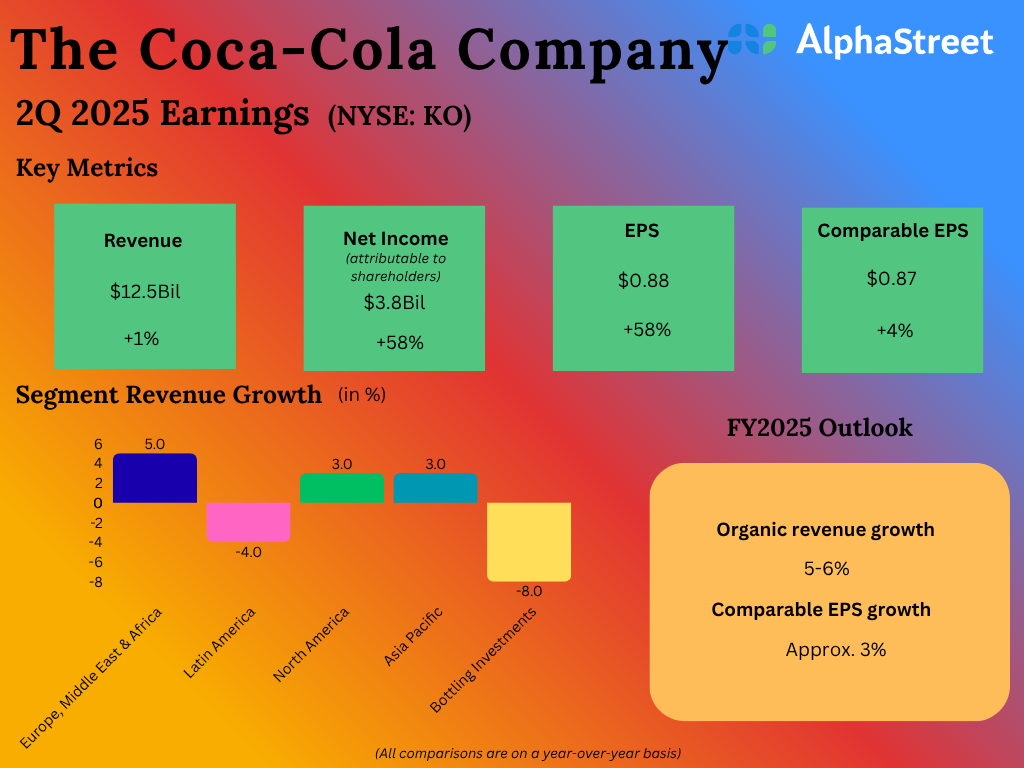China’s swift reopening will drive uneven recovery across Chinese corporate sectors, but a wider economic recovery will hinge on a rebound in the domestic property sector. Janice Chong, group credit officer for APAC Corporates at Fitch Ratings, discusses the prospects of China’s reopening on the country’s key corporate sectors, as well as inflationary pressures on downstream sectors.
How strong of a recovery does Fitch forecast for the Chinese economy this year?
We expect the economy to grow at a less vigorous pace than 2021’s 8.4% growth, as tighter global monetary policy will weigh on demand for Chinese exports. The property market is also likely to remain weak, and we do not anticipate aggressive macro-policy easing. Fitch raised its China 2023 growth forecast to 5.2% in March 2023, from the 4.1% forecast to reflect a stronger-than-expected recovery in consumption alongside the shift from the “dynamic zero Covid-19” policy.
Which sectors are likely to be the early beneficiaries of China’s economic rebound?
We believe China’s economic recovery will be primarily consumption-led, with catering, offline retail, and tourism-related services as early beneficiaries. While retail in China was among the hardest-hit sectors due to pandemic-related restrictions, it is likely to rebound by high single-digit growth in sales this year compared to the 0.2% year-on-year decline in 2022. However, the recovery may be more volatile than in other major economies as key structural challenges remain, including shrinking household wealth from the property slump, weak employment, and rising household leverage.
A stronger Chinese economy and the resumption of travel should drive a much faster rebound in the gaming and leisure-oriented sectors, as well as refined oil products. Meanwhile, the removal of containment measures and better labour availability will have an immediate positive impact on construction activities. Fitch expects infrastructure fixed-asset investment to be preserved to support economic growth in 2023. These investments will be front-loaded during the initial period after the lifting of Covid-19 measures.
What are the prospects of a recovery for the domestic property sector?
While China’s economic rebound should improve homebuyers’ confidence, the domestic property sector still faces deep structural issues. We expect a recovery to take time to manifest more widely. The supportive policy measures so far were aimed at preventing a deeper property downturn and wider contagion effects. Fitch believes this has yet to result in a decisive turnaround in the property sector, which is likely to dampen near-term prospects for large-scale land investments by developers. The sector has been hit by falling home prices, poor homebuyer sentiment, and a liquidity crunch.
Fitch is maintaining its November’s estimate of 0%-5% fall in primary property sales this year. We believe stabilisation of home prices is a pre-requisite for the turnaround of the housing market. Our view of a patchy recovery across cities and regions suggests any revival of land investments is also likely to be polarised.

What does the uneven recovery for construction and property mean for basic materials such as steel and cement?
Construction is the single largest source of steel demand in China. Yet, the steel and cement industries will not feel the positive effects from the lifting of Covid-19 restrictions immediately since these sectors experienced fewer operational disruptions due to their lower labour intensity. Key upside risks include a more aggressive easing of policies on the property market, underscoring the sector’s importance and its second-order effects on the wider economy, including construction activities.
Will a rebound in demand in China drive inflationary pressure on downstream sectors?
A rebound in domestic demand should bolster energy consumption. However, the extent of growth will be constrained by uncertainties in industrial demand recovery due to a potential global economic slowdown and subdued property sector.
We expect the overall impact of energy price inflation to be moderate due to China’s varying degrees of government intervention. These interventions should constrain the extent of fuel-cost pass-throughs by energy and utilities (E&U) companies and inflationary pressure on downstream sectors. For example, power-generation companies (gencos) – being the most regulated in the E&U sector – have limited headroom for tariff hikes under the current mechanism. Meanwhile, gas utilities have better cost pass-through abilities than thermal power gencos as demand grows. A planned supply increase from both domestic production and imports should reduce upward pressure on gas prices, although there could be temporary spikes in certain regions during the peak season.
China’s energy prices are also linked to global energy prices, which we expect to retreat from 2022 peaks, as a potential global economic slowdown offsets higher demand in China.
For a deeper perspective, download the full report on Chinese corporate sectors face uneven recovery after economy’s reopening. More insights on China reopening can be found here.
¬ Haymarket Media Limited. All rights reserved.









































